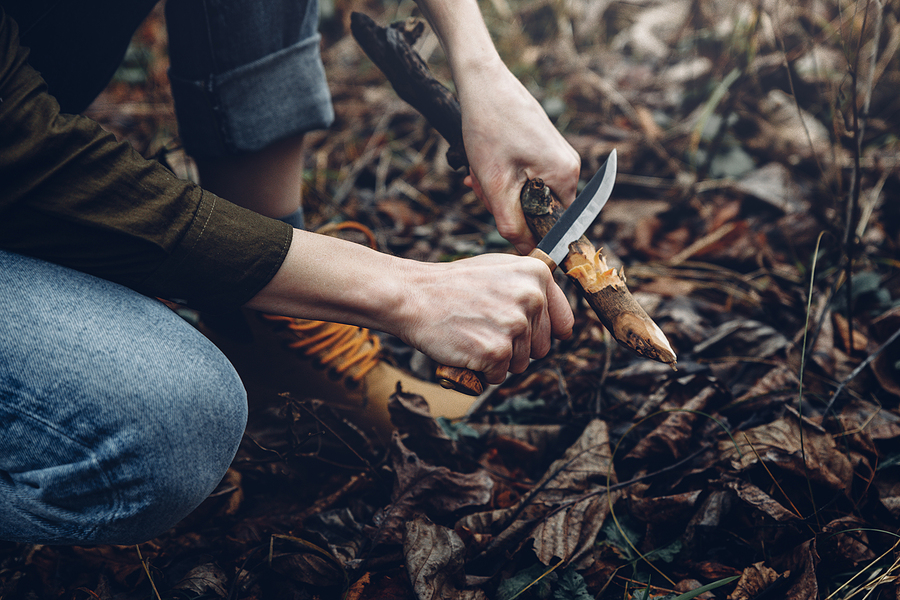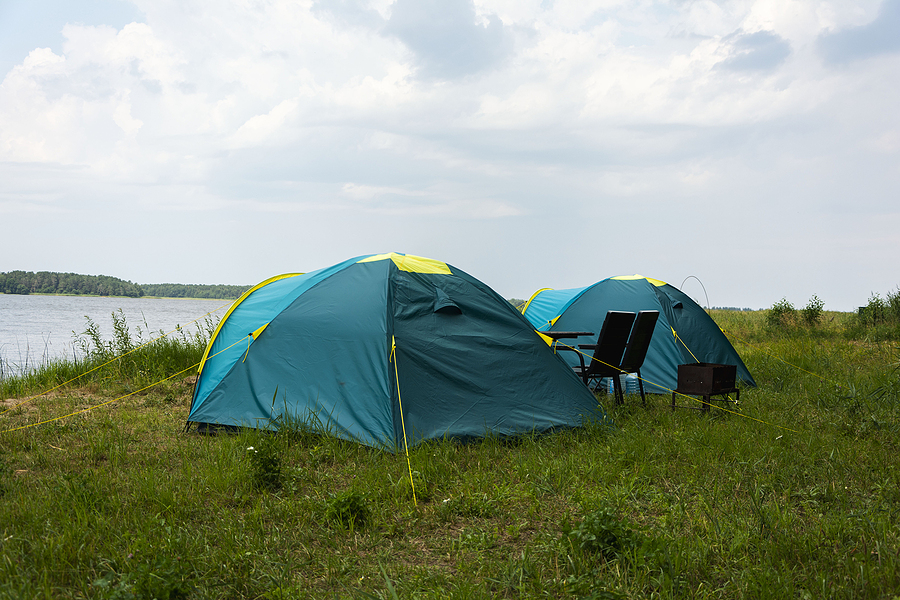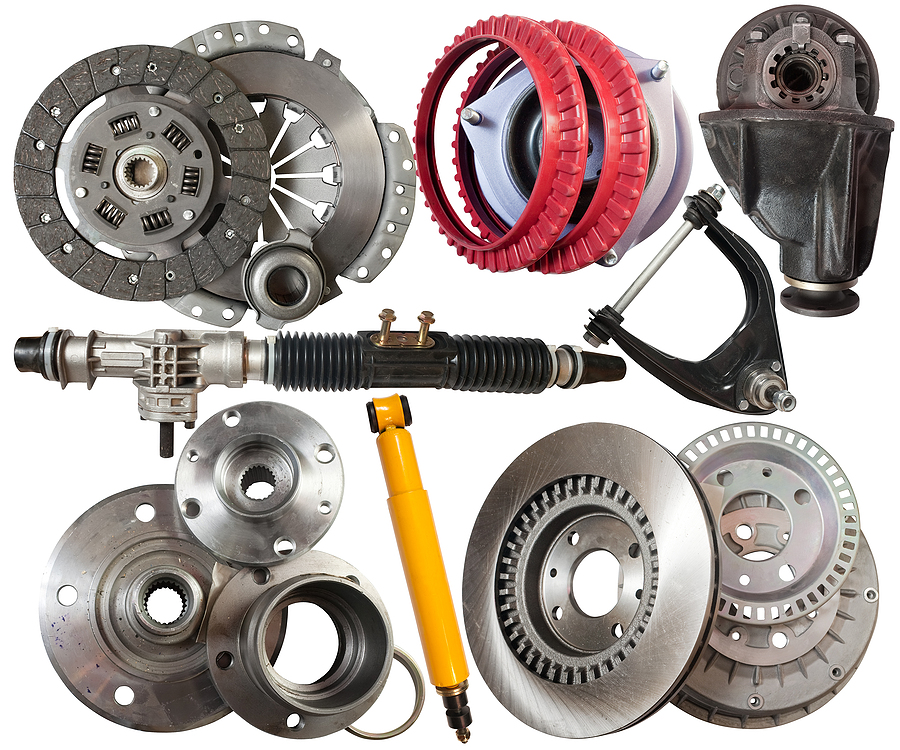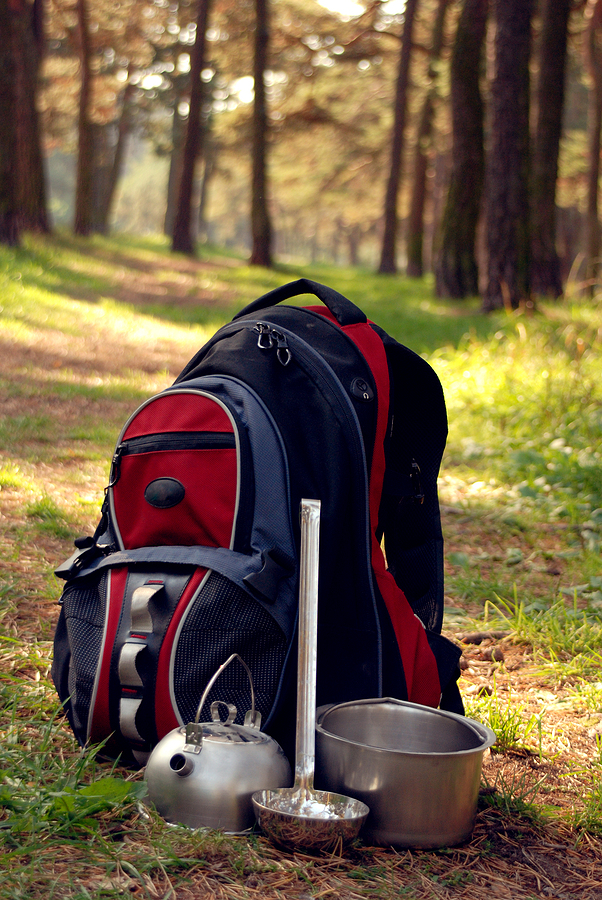Whether you are a newbie or a seasoned camper, buying camping accessories often require some brainstorming. Which accessories to carry and what for, are two important questions that you need to ask yourself when packing for your camping trip.
Knives are one of the most important accessories you must carry on your camping trip. There is no one right or wrong kind of knife. Everyone has their personal preferences depending on the task they want to accomplish with their knife/knives. We think that the best way to help you select a knife for camping is to assess your requirements for a camping knife, and the features you’ll encounter when you’re looking at them.
To choose which knife suits your camping needs, keep reading:
- Cutting ropes
For your knives to deal with heavy-duty activities, like cutting a heavy piece of rope or defending yourself from a wild animal, you don’t want a knife with a blade that bends under stress. What you need is a firm but sharp blade, like a bushcraft knife, that can cut through things. In which case, a pocket knife is too feeble to undertake the task.
- Fish cleaning and meat deboning
You need a flexible knife to accomplish the task of cleaning something slippery, like a fish, but also a sharp one for deboning meat. What also makes a great deal of difference is the angle at which the edge is ground on a knife. A camp knife with an edge between 18 and 30 degrees is ideal for camping, and a lightweight knife with a large curved cutting area is ideal for skinning or slicing. A bushcraft axe, for example, is ideal for speeding up game processing, splitting firewood to create bigger and better shelter.
- Cutting vegetables
That rules out pocket knives with too short a blade. You need a blade that is long enough to handle activities like dicing potatoes and chopping tomatoes. Knives which are too heavy are also problematic and clumsy to use. Such knives become too heavy once you start hiking with them.
- Sharpening green sticks for roasting hot dogs and marshmallows
When camping, these are some of the easy food options. But preparing for roasting hot dogs or cooking marshmallows needs you to carve some green sticks. That requires a sharp knife with a blade that is long enough to handle food prep. A knife with too long or too heavy a blade will become troublesome when you’re camping and just need a knife that is sharp, not too flexible, has a strong spine, and a reliable handle.
- Survival
A knife with an edge angle of 23–30 degree is best fit for outdoor and survival. While this blunt edge is not as sharp in appearance, it can last longer even under some abuse. Fixed blade knives are the best when it comes to safety during defence. Blade length, overall size and weight, blade flexibility, hardness, and edge angle influence the utility of a camping knife than does whether it’s a fixed blade or folding design. A fixed blade knife can stay in your camp box and offers zero possibility of any mechanical failure, if the knife is kept in a good sheath. A folding knife is more handy and compact if you’re required to carry it during your hike.
Conclusion
Use of a certain type of knife depends on the context and application. A knife can be folding if you need to carry it with you at all times. It may as well be non-folding if you need to use it for heavy-duty tasks, like chopping food or skinning a game.
Image Source: BigStock.com (Licensed)
Related Categories: Recreation, Reviews







